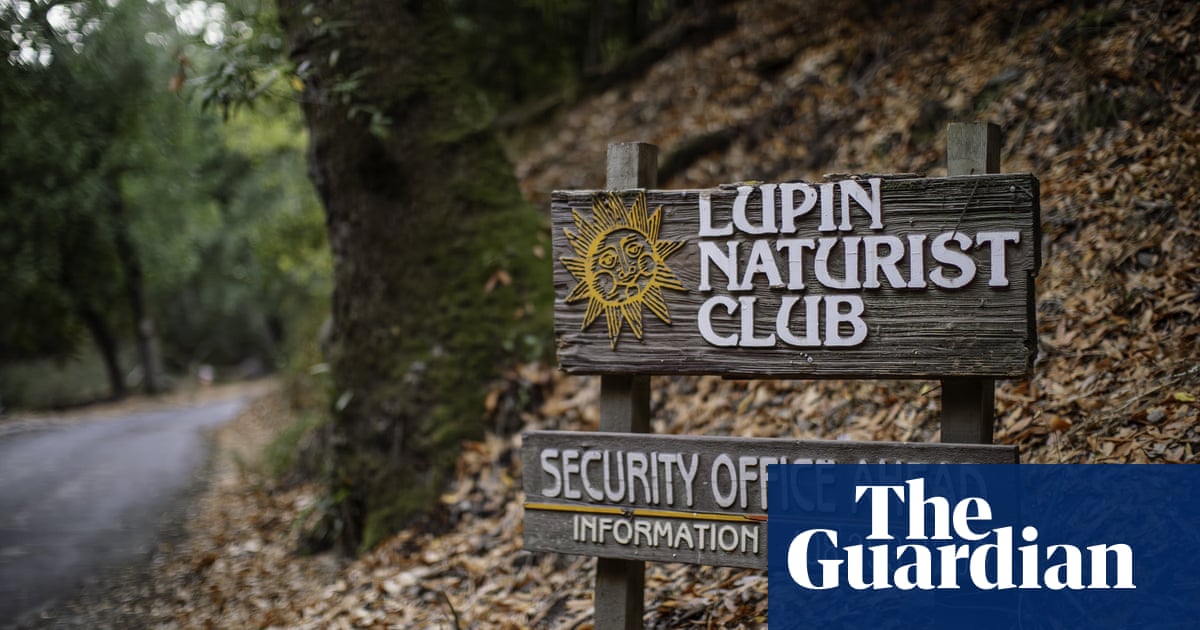ISP Column - December 2024
It's common folklore in the Domain Name System that a delegated domain name must be served by 2 or more nameservers. The logic for this is based in a desire for service resilience. If one server is unreachable then hopefully the other is not, and recursive resolvers when presented with a list two or more nameservers for a domain will work through this list until it queries a nameserver that is responsive.
This simple description raises a couple of questions. Firstly, when presented with a list of nameservers for a domain how do recursive resolvers respond? Do they send queries to all of the nameservers at once? Or do they serialise their actions in looking for a responsive nameserver? Secondly, if these queries are serialised, then how can a domain administrator organise the zone’s nameservers to maximise both DNS resolution performance and service resilience?
To assist with answering out questions there are a couple of recent(ish) papers that address parts of this topic. The first paper dates from 2017, “Recursives in the wild: Engineering Authoritative DNS Servers”, by a group of researchers at SIDN Labs and USC’s Information Sciences Institute. They motivate their study by observing that “To meet their goals of minimizing latency and balancing load across NSes and anycast, operators need to know how recursive resolvers select an NS, and how that interacts with their NS deployments.” By the time that this work was undertaken the use of anycast in the DNS was well-established operational practice, and the conclusion from the paper is that: “all name servers in a DNS service for a zone need to be consistently provisioned (with reasonable anycast) to provide consistent low latency to users.”






















